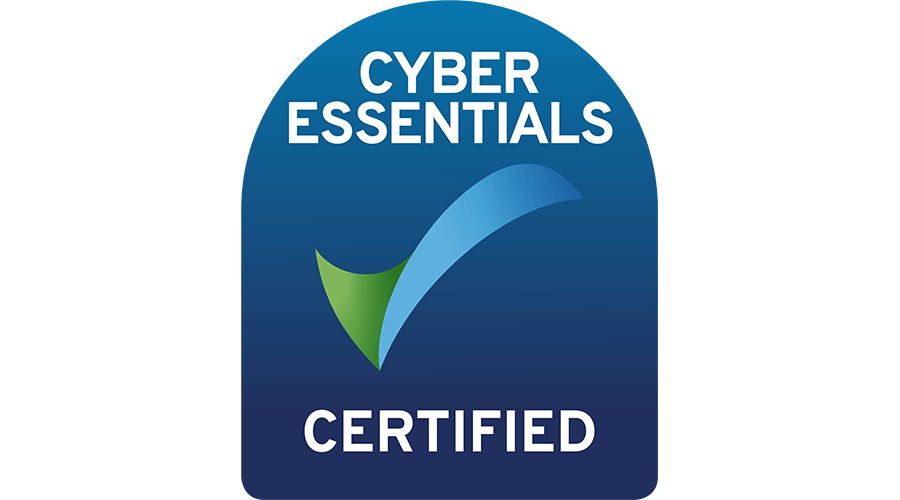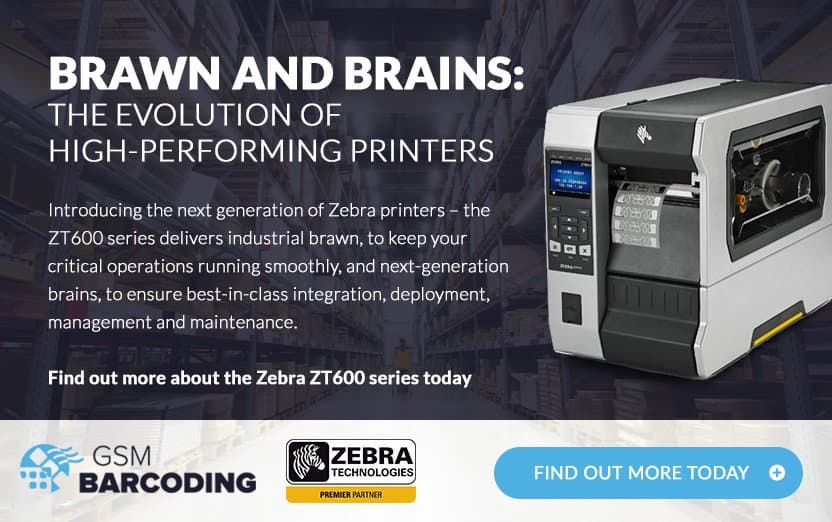
Keeping accurate records has been a goal for business for much longer than most people realise. As far back as 10,000 years, people have seen a value in data right through to today. But, while the goal has been the same, data management and record-keeping methods have changed drastically. So, where did this start? And where is it going?
The Original Data Management Systems
Babylon and ancient Egypt are the oldest examples of people attempting to manage data. Then, many thousands of years ago, people began recording the data of labour and materials to have more control over their increasingly complex societies. Simple maths, writing, and trade emerged from this and would grow into the commercial world that we know today with currencies, contracts, and ownerships.
Paper data management systems were developed during this time. For example, Papyrus is a paper-like material that emerged as long ago as 4,000 B.C. and is the earliest known material for paper record keeping.
This idea of keeping your data preserved on paper led to the idea of storing it in archives or libraries and organising it so you can find it again easily. Whilst these initial systems were fraught with problems, they were the start of something that exists today.
Paper to Digital Data Management

Paper-based data management is the longest-lasting form of record keeping so far, but ironically it’s got the shortest lifespan. With so many superior alternatives available, very few businesses still use paper-based data management. However, there has been an immense move to a more eco-friendly ‘paperless’ environment in recent years, with only minimal paper records now kept.
For centuries the paper management system seemed the only way to manage your data with vast warehouses filled with scrolls then books file boxes. But whilst this system was adequately storing the data, it was becoming more difficult to retrieve it later.
This data retrieval issue was solved with the first office computers developed in 1951. After that, the potential to call up anything from your computer database was phenomenal. Then, computer data management was the way forward, with rooms of files being replaced with rooms of computer servers holding far more information than ever before.
This achievement in data management was only surpassed with the arrival of the internet. Now, you can access your required database from any location as long as you have permission now; data retrieval is finally as easy as storing it.
Mobile computers are a common sight in many businesses for the inventory management and asset tracking needs of those businesses, far more efficient upgrade than a humble clipboard, able to retrieve and store data directly to the required database wirelessly.
With our G-Smart Stock Software integrated into your existing stock management setup, your business can gain a fully developed warehouse management system. Complete with modular features and mobile options connected to your new entirely web-based inventory management system.
What is The Future of Data Management?

The future of data management is portability and accessibility. Data is a priceless resource nowadays for any business, and maintaining an effective management system is vital. But in the competitive business world, gaining any edge can make a significant difference. As a result, many companies are improving their barcode warehouse management and asset tracking by investing in newly developed systems and software to make their business as efficient as possible.
Machine Learning and A.I. are being developed for large scale inventory management. For example, industry-wide developments in computer technology mean it is now becoming clear that the only way forward is with a computer model that not only holds your data safe but knows what you want to find as well.
One consistent feature of any inventory management system, from the paper systems to the current cloud-based computer systems mentioned previously, is that storing the data is half the job. Being able to retrieve the information quickly is just as vital as keeping it. Computer databases are very effective in both storing and recovering. Still, in the future, the implementation of A.I. and machine learning will make finding the data you want more accessible than ever.
Data Fabric will become the new buzzword of data management, replacing the current cloud concept with a far superior upgrade. Data fabric is a concept where you merge your existing data management systems with a technology that can optimise your data and even intelligently curate the access and distribution to that data.
As business moves more into the digital world with global online shopping, the data stored becomes more complex. This complexity is matched only by the rising demand for accelerated data retrieval creating the need for improved organisation of that data.
How Can GSM Barcoding Help Improve Your System?

With over 40 years of experience with barcoding systems, nationwide support for various inventory systems, and much more, we at GSM Barcoding are confident that our specialists can improve your existing system.
We offer bespoke solutions to help invigorate your existing inventory data management systems, and we are confident that we can make them more streamlined and effective. Contact us online today to discuss your needs, and one of our experts will eagerly find a service that will help.


















